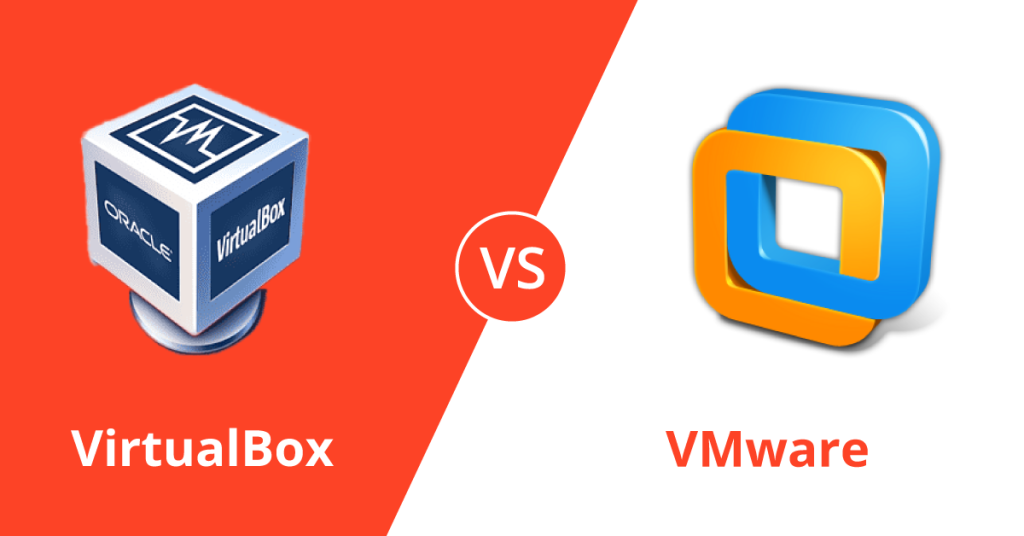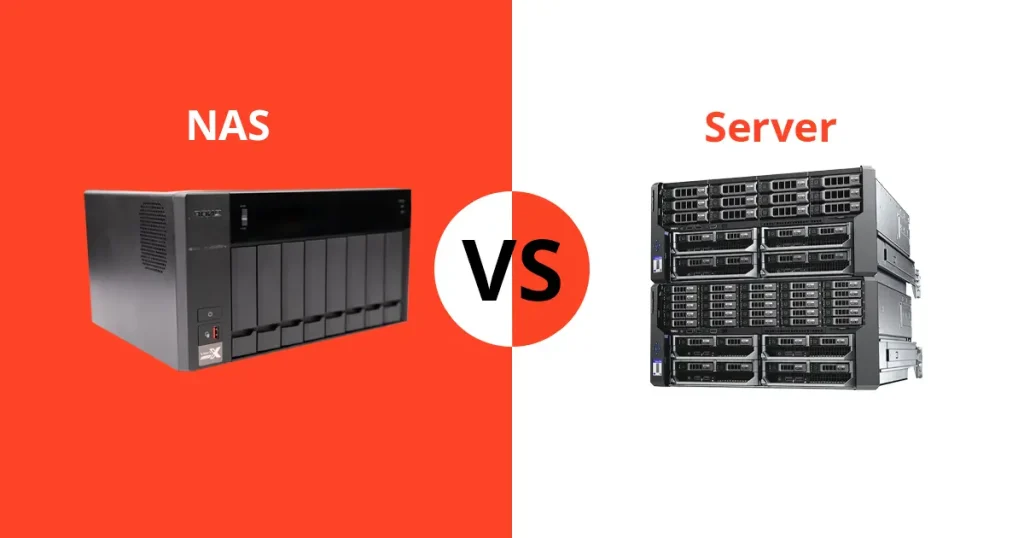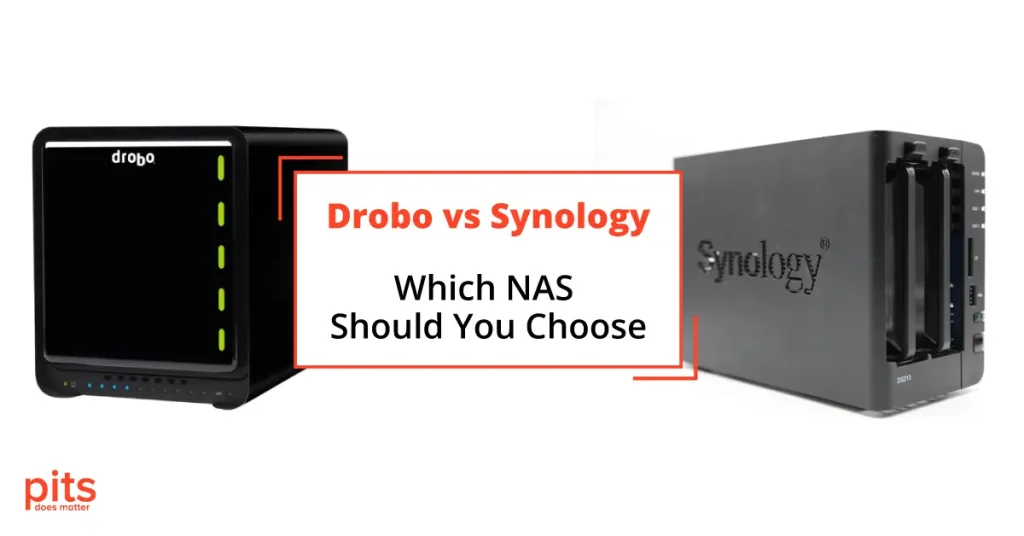When it comes to data storage and safeguarding, the implementation of a dependable RAID (Redundant Array of Independent Disks) configuration is of utmost importance. RAID integrates several physical hard drives into a unified logical unit, providing enhanced performance, fault tolerance, and data redundancy.
Two widely adopted RAID levels, namely RAID 10 and RAID 50, are frequently taken into consideration owing to their robustness and performance capabilities. In the following discourse, we shall delve into the merits and demerits of RAID 10 and RAID 50, thereby empowering you to make a well-informed decision when selecting the most suitable RAID solution for your requirements.
Understanding RAID Levels
Prior to delving into the specifics of RAID 10 and RAID 50, it is imperative to grasp the fundamental concepts of RAID levels. RAID configurations are categorised into various levels, each offering distinct advantages and trade-offs based on the intended outcome.
Commonly utilised RAID levels encompass RAID 0, RAID 1, RAID 5, RAID 6, RAID 10, RAID 50, and others. For the purposes of this comparison, our focus shall be on RAID 10 and RAID 50.
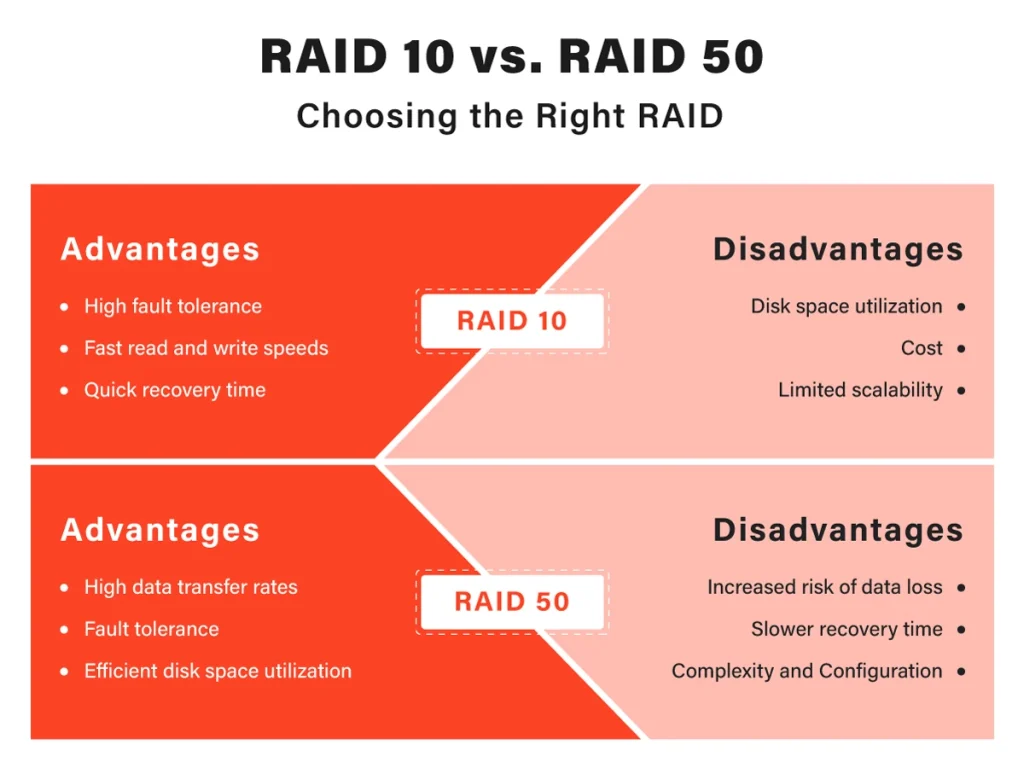
RAID Level 10
Advantages of RAID 10
RAID 10 amalgamates the characteristics of RAID 1 (mirroring) and RAID 0 (striping). It necessitates a minimum of four drives, and data is mirrored across multiple disks while simultaneously being stripped to enhance read and write performance. Key advantages of RAID 10 comprise:
High fault tolerance: RAID 10 can withstand multiple disk failures without compromising data integrity, provided that disks from the same mirrored pair do not fail simultaneously.
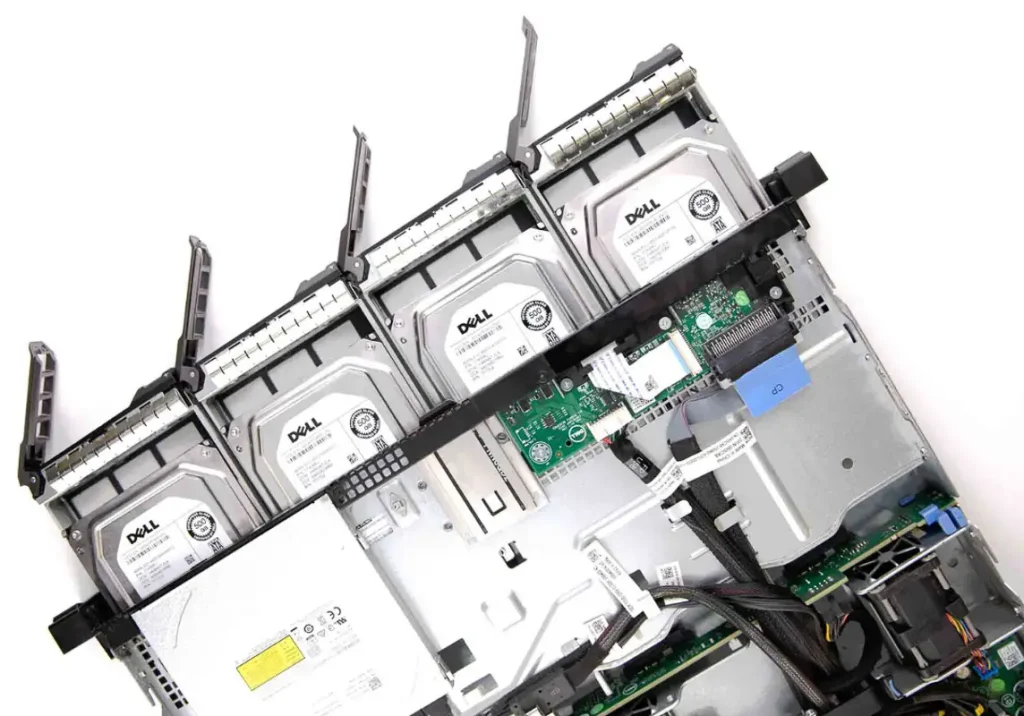
Fast read and write speeds: Through data striping, RAID 10 delivers accelerated read and write operations, rendering it particularly suitable for applications demanding high I/O performance.
Swift recovery time: In the event of a disk failure, the recovery time is relatively rapid as the data can be reconstructed by copying the mirrored data from the surviving disks.
Limitations of RAID 10
Despite RAID 10 presenting commendable performance and fault tolerance, it does entail a few considerations:
Disk space utilisation: RAID 10 utilises half of the total disk space for mirroring purposes, consequently leading to diminished overall capacity.
Cost: The implementation of RAID 10 necessitates a greater number of drives, thus incurring higher costs compared to alternative RAID configurations.
Limited scalability: The expansion of RAID 10 arrays can prove challenging due to the requirement for additional mirrored pairs.
RAID Level 50 - An Overview
Advantages of RAID 50
RAID 50 amalgamates the attributes of RAID 5 (striping with distributed parity) and RAID 0 (striping). It boasts exceptional fault tolerance and performance, rendering it highly suitable for numerous enterprise applications. The advantages of RAID 50 encompass:
High data transfer rates: By employing a striping configuration across multiple disks, RAID 50 arrays achieve commendable read and write speeds.
Fault tolerance: RAID 50 exhibits resilience against multiple disk failures, provided that such failures occur within distinct RAID 5 sets.
Efficient disk space utilisation: Unlike RAID 10, RAID 50 optimises disk space utilisation as it does not necessitate mirroring.
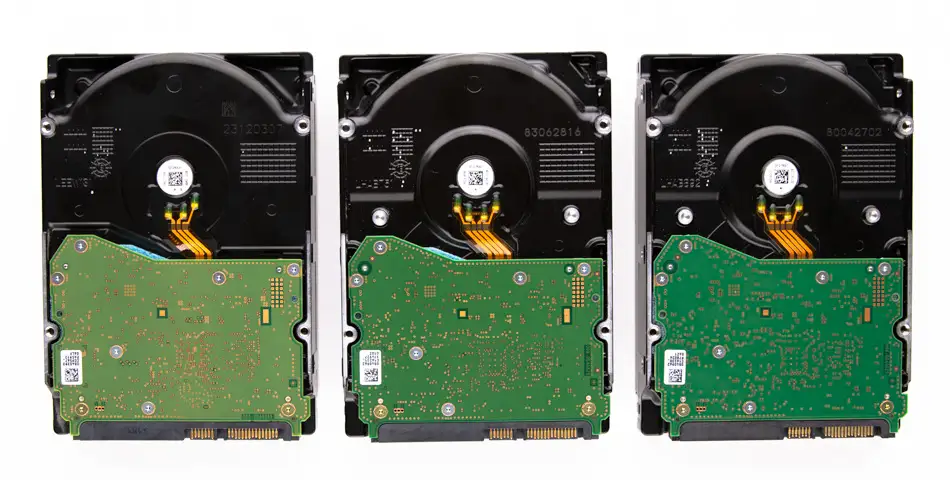
Drawbacks of RAID 50
Despite being a sturdy RAID level, RAID 50 is not without its limitations:
Elevated risk of data loss: The occurrence of multiple disk failures within the same RAID 5 set in RAID 50 can lead to data loss. Consequently, RAID 50 does not offer the same degree of fault tolerance as RAID 10.
Slower recovery time: The process of rebuilding data following a disk failure in RAID 50 can be time-consuming, owing to the reconstruction of parity data.
RAID 10 vs RAID 50 - Selecting the Ideal Option
Fault Tolerance
Regarding fault tolerance, RAID 10 and RAID 50 present varying levels of protection. RAID 10 offers a higher degree of fault tolerance as it can withstand multiple disk failures, provided they do not transpire within the same mirrored pair.
This redundancy ensures the preservation of data integrity and accessibility even in the event of a single disk failure. Conversely, RAID 50 can tolerate multiple disk failures as long as they occur in different RAID 5 sets. If multiple disks fail within the same set, the risk of data loss emerges. Therefore, RAID 10 establishes a more robust fault tolerance mechanism.
Disk Space Utilisation
RAID 10 utilises half of the total disk space for mirroring, leading to reduced overall capacity. For instance, if employing four 1TB drives in a RAID 10 configuration, the usable capacity will be 2TB. In contrast, RAID 50 dispenses with the need for mirroring, thereby offering superior disk space utilisation. It combines striping with distributed parity across multiple disks, facilitating a more efficient allocation of available disk space. Consequently, RAID 50 provides a greater usable capacity when compared to RAID 10.
Risk of Data Loss
RAID 10, by virtue of its mirroring implementation, presents a significantly reduced risk of data loss in comparison to RAID 50. With RAID 10, even in the event of a disk failure, the data remains accessible on the mirrored disk, thus establishing a robust redundancy mechanism that minimises the likelihood of data loss.
Conversely, RAID 50 carries a higher risk of data loss if multiple disks fail within the same RAID 5 set. Therefore, RAID 50 entails a greater vulnerability to data loss when compared to RAID 10.
RAID Controller Requirements
Both RAID 10 and RAID 50 necessitate a RAID controller to effectively manage the array. Nevertheless, the controller requirements may differ based on the specific implementation. RAID 10 typically requires a controller that supports mirroring and striping functionalities.
Conversely, RAID 50 demands a more sophisticated controller with the capability to handle distributed parity calculations. It is imperative to ensure that the selected RAID controller is fully compatible with the desired RAID level to optimise performance and functionality.
Read and Write Performance
Concerning read and write performance, both RAID 10 and RAID 50 yield noteworthy enhancements when compared to a single disk configuration. RAID 10 exhibits exceptional performance owing to its striping mechanism, which enables concurrent reading from and writing to multiple disks.
As a result, RAID 10 proves ideal for applications demanding heightened I/O performance, such as databases or virtualisation environments. On the other hand, RAID 50 also delivers commendable read and write speeds due to striping across multiple disks, yet it may not attain the performance levels achieved by RAID 10. The presence of distributed parity calculations in RAID 50 can introduce additional overhead, resulting in marginally slower performance relative to RAID 10.
Which Level to Choose?
In conclusion, the selection of the appropriate RAID level hinges upon your specific requirements and priorities. RAID 10 presents elevated fault tolerance, rapid read and write speeds and swift recovery time, but it consumes more disk space and may entail higher implementation costs.
When comparing RAID 10 to RAID 50, RAID 10 places greater emphasis on fault tolerance and performance, whereas RAID 50 prioritises efficient disk space utilisation with a slight trade-off of increased data loss risk.
RAID 50 offers optimal disk space utilisation and high data transfer rates and proves suitable for applications requiring commendable fault tolerance. Nevertheless, it carries a higher risk of data loss and entails slower recovery times.
Before making a decision between RAID 10 and RAID 50, it is imperative to carefully assess your requirements, taking into consideration factors such as fault tolerance, disk space utilisation, performance, and budget constraints. Seeking guidance from a professional or IT expert is also advisable to ensure that the chosen RAID level aligns effectively with your specific needs and existing infrastructure.
Frequently Asked Questions
What are the primary distinctions between RAID 10 and RAID 50?
RAID 10 combines disk mirroring and striping to deliver heightened fault tolerance and enhanced performance. In contrast, RAID 50 combines striping with distributed parity, resulting in efficient disk space utilisation and favourable data transfer rates.
Which RAID configuration offers superior data protection?
Both RAID 10 and RAID 50 provide data protection, but RAID 10 exhibits higher fault tolerance. It can withstand multiple disk failures as long as they do not occur within the same mirrored pair. RAID 50 can tolerate multiple disk failures, provided they happen in different RAID 5 sets.
Which RAID level yields better performance?
Regarding performance, RAID 10 generally surpasses RAID 50. The amalgamation of mirroring and striping in RAID 10 facilitates swifter read and write speeds. While RAID 50 also delivers respectable performance, the overhead of distributed parity calculations can impact its overall speed.
How does disk space utilisation differ between RAID 10 and RAID 50?
RAID 10 consumes more disk space due to the duplication of data across multiple drives for mirroring purposes. Conversely, RAID 50 employs distributed parity across multiple drives, leading to more efficient disk space utilisation. Consequently, RAID 50 can offer higher usable capacity when compared to RAID 10.
Which RAID configuration proves more cost-effective?
RAID 10 typically demands more drives due to its mirroring aspect, resulting in higher implementation costs. On the other hand, RAID 50 requires fewer drives and presents efficient disk space utilisation, rendering it a more cost-effective choice. However, the precise cost-effectiveness may vary based on factors such as drive capacity, brand, and specific implementation requirements.
We’re Here to Help
Our experienced team is committed to helping you recover your critical data. No matter the situation, we work diligently to ensure the best possible outcome. Take action now and let us restore what’s important to you.
Start Recovery Process
"*" indicates required fields
